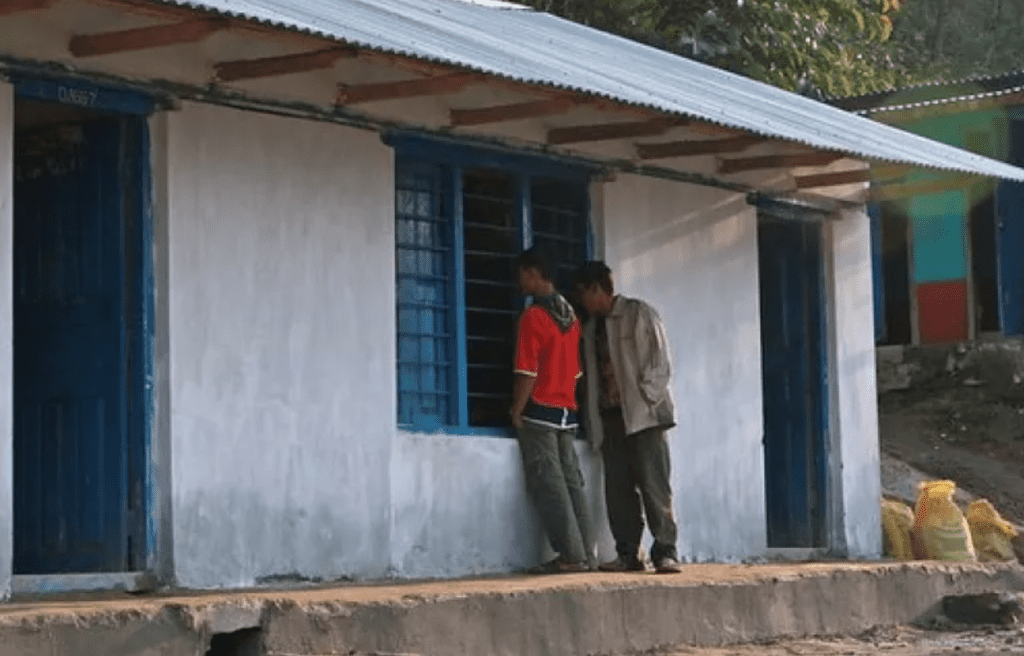Keywords: Online Learning, Pandemic, Education Crisis, Inequality, Student Engagement

Introduction
Our global education system is under siege. The COVID-19 pandemic has catapulted us into an unparalleled education crisis, the likes of which we may never have faced before. As educators, we stand on the precipice of uncertainty, with the challenge to ensure continuity of learning amidst closures and to seize the opportunities that this crisis presents.
A Crisis Unveiled
Even before the pandemic, we were grappling with an education crisis. Innumerable students went to school but didn’t acquire the basic skills needed for life. As per the World Bank’s ‘Learning Poverty’ index, 53% of children in low and middle-income countries lacked reading comprehension skills. The pandemic threatens to exacerbate this situation, given that by March 2020, 80% of children worldwide were out of school.
The Domino Effect
The immediate fallout of the pandemic on education comes in three forms. First, a significant loss of learning with schools shut worldwide. Second, an increase in dropout rates, especially among disadvantaged students. Third, many children lost access to the crucial school meals they relied on.
The Great Divide
The pandemic has further unveiled the stark inequality in our education system. As distance learning becomes the norm, this digital divide is more visible than ever. Well-off children have the resources – access to the internet, laptops, textbooks, a conducive learning environment. However, many students lack these basics.
Rise of Remote Learning
Remote learning holds the key to continuity in education during these unprecedented times. Although developed countries were better prepared for the shift online, teachers and parents grappled with challenges. In low-income countries, the situation is even grimmer. Unless appropriate measures are taken, the existing inequality in access to education is set to widen.
The Road Ahead
As educators, it’s our job to bridge this gap. Strategies must be adopted to ensure that the digital divide doesn’t become a learning divide. That means providing necessary resources, supporting parents, and reaching out to those children who risk being left behind.
Conclusion
The COVID-19 pandemic poses a grave challenge to global education, but it also offers us an opportunity. It’s a chance to innovate, to rethink our teaching methods, to address inequality head-on, and to ensure learning continuity for all students.
Navigating education in a pandemic is a daunting task. Yet, with concerted efforts, we can turn this challenge into an opportunity to make our education system more resilient, inclusive, and effective. If you have questions, insights, or experiences to share, feel free to leave a comment. Your input could help us navigate these troubled waters more effectively.





